What can the animal freedom movement learn from Black Lives Matter?
While every movement is unique, there are many common threads that run through all social justice issues - and lessons to be learnt from diverse campaigns...
Black Lives Matter (BLM) is a worldwide movement and campaign that protests systemic racism and police brutality. BLM is part of the wider Movement for Black Lives and emerged in 2013 with a social media hashtag in response to the acquittal of George Zimmerman in the killing of African American teenager Trayvon Martin, and gradually went viral with more police killings of black people. BLM emphasises the importance of open-ended narrative frames to spreading powerful messages and building a broad base of support.
What was persuasive about the narrative strategy of Black Lives Matter…
A strong movement message – The use of the open-ended frame ‘Black Lives Matter’ effectively:
Communicates a clear vision – A society where black lives are respected and celebrated, and do matter as much as other lives. ‘Black Lives Matter’ very clearly states what this movement believes and what they want.
Communicates a clear demand – Within their vision is also their demand: the recognition and value of black lives, along with the protection of them.
Names the struggle – While framed positively, the need for BLM’s existence exposes the reality of a world where black lives are systematically targeted and treated like they don’t matter. This shifted the narrative around racism in America from the myth of a post-racial society to an acknowledgement of anti-blackness and ongoing police brutality in black communities.
A powerful narrative – BLM operates on many levels as a movement name, hashtag, slogan, message and narrative:
It connects and spreads multiple stories that mutually reinforce examples of police violence and racism.
It includes individual stories of black people killed by police (such as George Floyd and Breonna Taylor), which became seismic ‘plot points’ in the wider BLM narrative.
It is also broad enough to encapsulate stories of other systemic issues affecting black people and a long history of white supremacist violence. It successfully dismantles the 'isolated instances' narrative and exposes this as a systemic problem.
It effectively polarises the public – BLM forces people to take a side by agreeing or disagreeing with the statement, rather than sitting on the fence. And those who disagree are seen as outliers. When counter slogans like ‘All Lives Matter’ and ‘Blue Lives Matter/Police Lives Matter’ emerged, it further exposed white supremacy and racial inequalities.
It allows for mobilisation and an expression of shared values – ‘Black Lives Matter’ invites participation to collectively move this narrative forward and bring it into reality by connecting with people’s core values and their aspirational identities - i.e. of wanting to be seen as someone who cares about the lives of black people.
Catchy movement slogans and gestures – “I can’t breathe”, “Hands up, don’t shoot” and “No justice, no peace” became movement slogans and led to a movement gesture and symbol of raised hands. Their basis in the real stories of individuals and their simplicity allowed them to resonate personally, be understood, and effectively spread. These symbols crucially:
Framed protestors as heroes in the story – “Hands up, don’t shoot” shows that protestors are unarmed and not aggressive, and acts as a reminder of the pattern of police brutality in killing unarmed black people. In this way, it framed protestors as the brave ‘heroes’ in the story and a racist police system as the ‘villain’.
Acted as a simple means of protest – These slogans and gestures became shorthand for police mistreatment, were used as a show of solidarity, and energised protests by allowing people to chant and gesture.
The many ways Black Lives Matter spread their message…
It created recognisable symbols:
Artwork depicted a raised fist, a universal symbol for solidarity, power, and pride, which was replicated as a gesture in protests.
The names and faces of victims of police brutality became larger than life, with murals adorning the sides of buildings - providing a constant reminder to communities through powerful, eye-catching artwork.
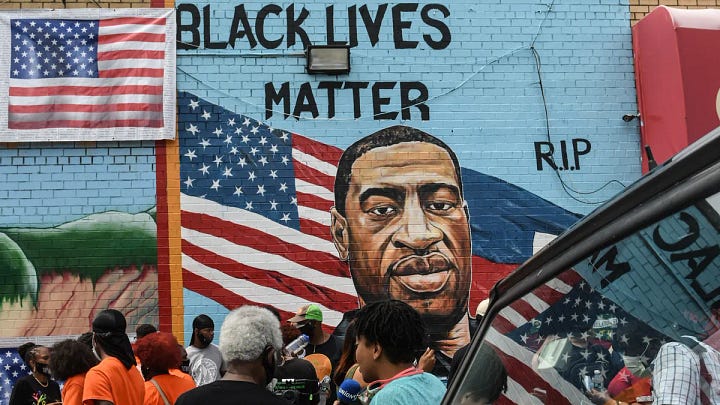
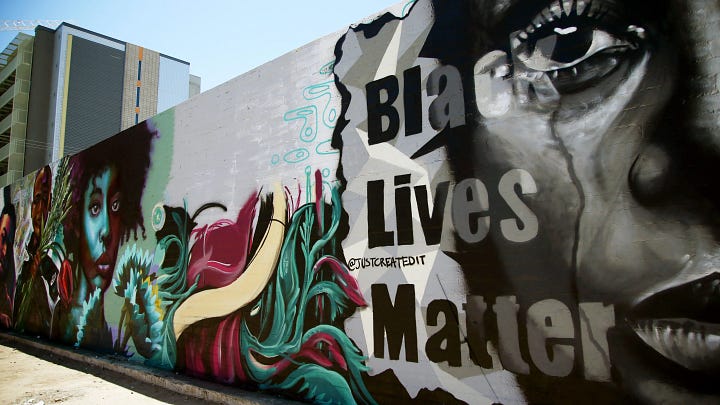
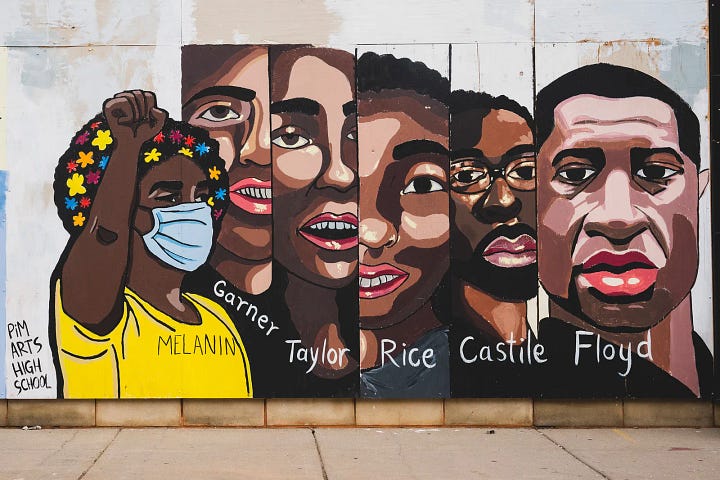
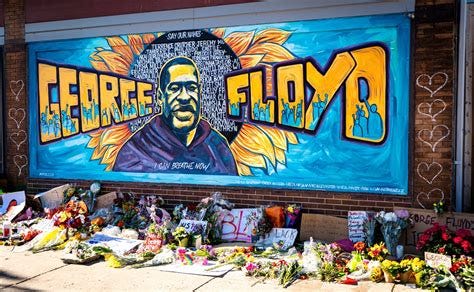
The black square/Blackout Tuesday became a symbol of solidarity and collective action to protest racism and police brutality, with people posting it as their profile picture and story on social media. (Although, when used by influencers who did little else to push the narrative forward, this has - quite rightly - been criticised as 'performative activism.)
Social media – BLM reached people rapidly through the use of viral hashtags and videos from members of the public documenting police brutality.
Protests and rallies – According to the New York Times, about 15 million to 26 million people in the US alone have participated in BLM protests, with many more taking part globally.
Direct action tactics – BLM activists have staged ‘die-ins’ and ‘Black Brunches’, which attracted publicity to the movement and the issue of racism and inequality by radically disrupting the normal and everyday.
Key takeaways for the animal freedom movement
What is our movement’s core message?
‘Black lives matter’ is successful as a message because it concisely communicates what the movement believes (their values) and wants (their vision). Similarly, the LGBT+ movement clearly communicate what they believe and want with ‘Love is love’. This invites us to question whether the dominant message of ‘Go vegan’ gets to the heart of what our movement really cares about and wants?
Does it unintentionally leave fellow animals out of the frame, sending a message that this is about personal diet choice rather than a moral issue that affects all of us? Is there another message that can operate at the level of movement name, slogan and narrative, and that communicates our core values and vision as a movement? And in turn helps the public understand the issue in new ways?
Animal Think Tank will be doing qualitative research with people in the movement to find out what they think is the central message we need to be communicating as a movement, and then testing those suggestions more widely with various segments of the UK public.
Framing the problem as a systemic issue
BLM strategically reframes the issue as a systemic problem (rather than ‘a few bad/racist cops’). Is how we’re communicating our issue clear enough about the scope and reality of the problem and solution?
‘Go vegan’ is an individual solution, which implies that the problem is individuals not going vegan, rather than harmful and deceitful industries. How can we reframe our movement’s message to communicate that this is a systemic issue that affects all of us, and needs collective action and systemic solutions, not just individual change? And how can we reframe individual change as an act of solidarity and empowerment, rather than just a diet choice?
Animal Think Tank will be testing various framings of the problem and solutions to see how they land with the UK public, and will be sharing findings as soon as we have them.
Framing our animal cousins as individuals who matter, not as anonymous victims
BLM is successful in large part because it uses individual stories to personalise the issue of police brutality and systemic racism, which in turn became emblematic. When powerful stories emerge of individual animals (like Cecil the lion or Harambe the gorilla) these offer an opportunity to our movement to really amplify individual stories to strengthen powerful narratives that build public support and push for change.
We can be more mindful and intentional about bringing fellow animals into the frame in a way that showcases who they are as individuals and makes them feel real and relatable, as well as communicates our movement is about solidarity (and not just diet change).
Stories of animals resisting their oppression, and even escaping, speaks to their agency and desire for freedom in a way that powerfully challenges the false narratives that the zoo and farming industries push. We can also amplify stories of animals when they’re thriving (which reinforces a freedom narrative), not just share stories of them suffering (which reinforces a welfare narrative). In short, we need to be framing other animals as protagonists and heroes, not just as victims.
More flexible, open-ended messages like ‘This is my friend’ (inspired by the French slogan for SOS Racism: “Touche pas à mon pote” – ‘Hands off my pal’) or even playful ones like ‘My brother from another mother’ might encourage support and participation from new audiences.
Connecting with people’s existing beliefs, values and aspirational identities
As BLM shows (and so many other successful campaigns and movements), a winning narrative strategy isn’t about convincing someone to change their mind - it’s about showing them that they already agree with what a campaign or movement stands for.
Does the dominant message of ‘Go vegan’ actually limit collective participation in our movement and provoke defensiveness in people who might otherwise be inspired to join? (i.e. those who aren’t vegan feel they are not only excluded but that they are ‘bad’ people?) Does it in fact frame the ‘villain’ of this issue as people who aren’t vegan, and take the spotlight off harmful industries?
How can we reframe our issue in a way that is rooted in shared values and connects with people’s aspirations about the kind of person they believe they are and want others to see themselves as?
Is there a message that can polarise the public in a compelling way that makes it hard to disagree with, so anyone who does disagree looks like an outlier? (As currently, ‘Go vegan’ as a message is very easy for people to dismiss, when vegans are the minority.)
As communicators we need to work on creating a sense of a bigger us - not just with our animal cousins, but with people who care about fellow animals (but aren’t yet vegan). If we’re to achieve animal freedom, it’s vital we frame ourselves as a movement that the vast majority of people feel inspired to support and even join, because it connects with their existing values and identities.
Animal Think Tank is doing ongoing research to answer many of these questions. We’d love to hear your thoughts on the points raised in this article. And if you have any ideas or suggestions for messages or narratives we can publicly test, please reach out to us at: narrative@animalthinktank.org.uk


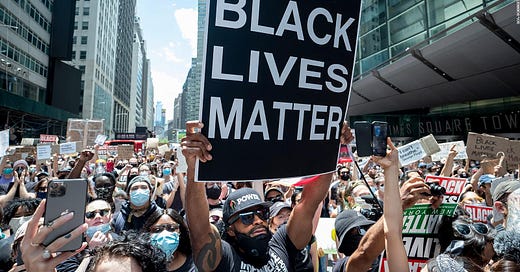



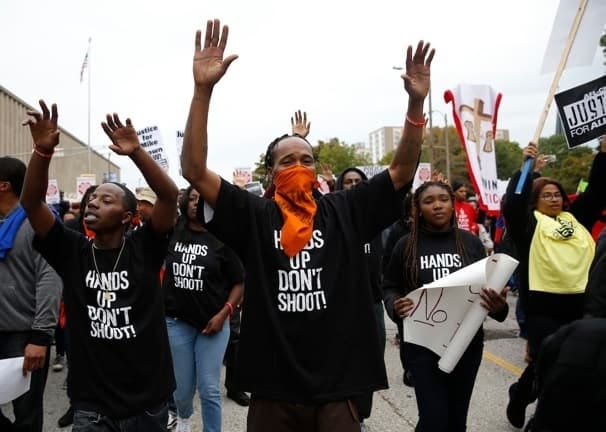
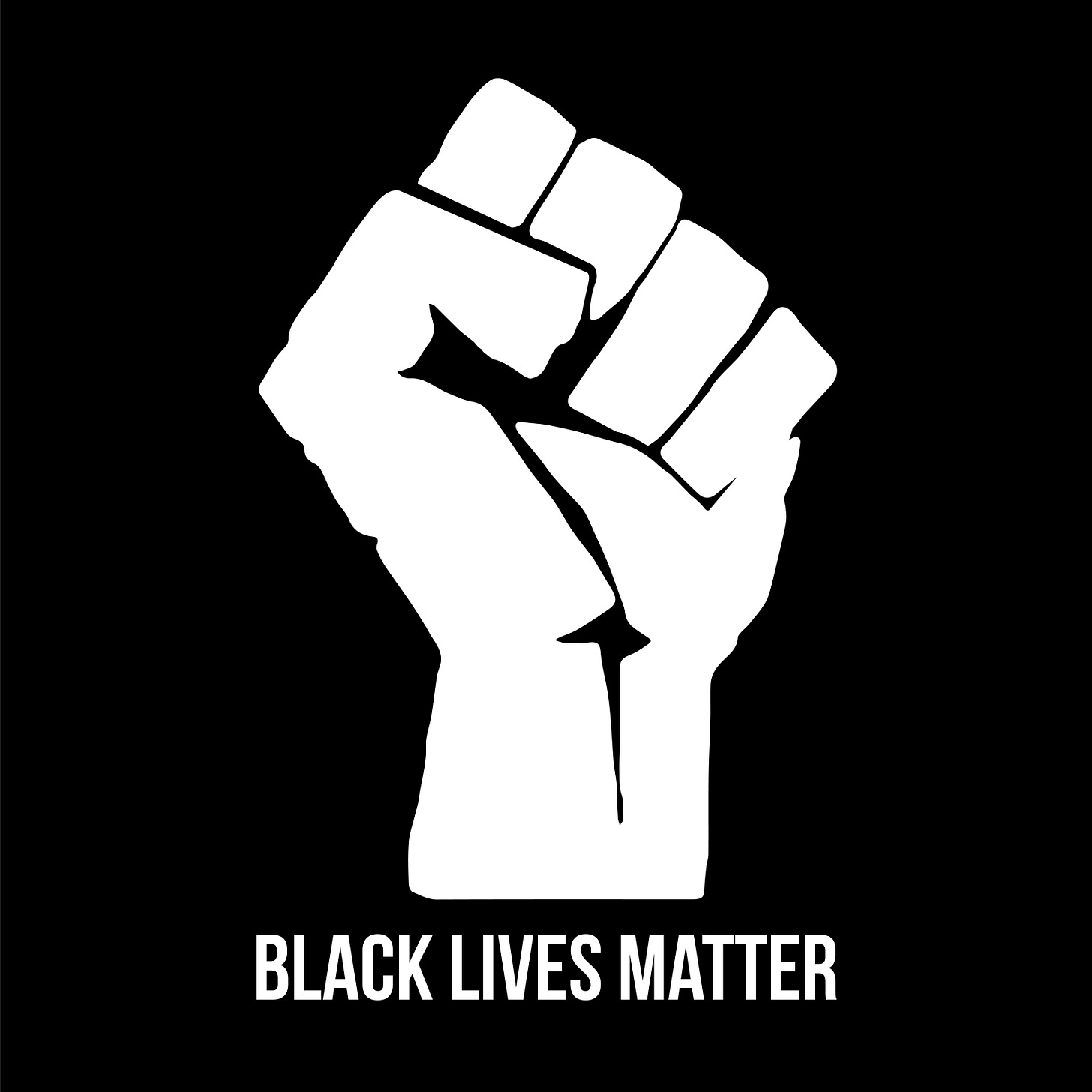
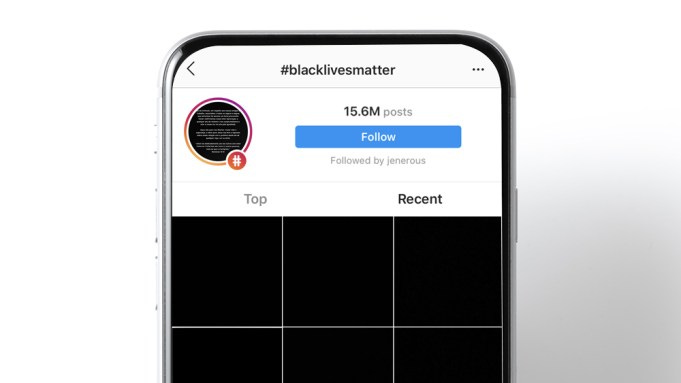

I advise reading Change by Damian Centola on this topic which adresses why the Black Lives Matter movement took off when it did. Why was there a big reaction at one point when many similar cases before failed ? Just having the slogan and the specific case wasn't enough.
One element is the network of connections between people. There were many people who allowed to do the connection and exchange of informations between local activists, the black community in the US, social justice people, journalists...
I support the Black Lives Matter movement, and agree with most of this article, but I am a little skeptical of some of the claims here:
Particularly, I think the claim that Black Lives Matter is a successful *worldwide* movement is dubious. I think the movement has been very successful in the US, but I think that the message doesn't translate that well to other countries. I'm willing to bet that if you polled a representative sample of Europeans, most of them would think that the campaign is primarily about US police killing US black people and nothing more. Has anyone done this? I'm not really sure that the campaign actually has been hugely successful in framing police violence as a symptom of a wider systemic issue.
In my experience, the only people who actually understand the Black Lives Matter campaign properly are American Liberals and far left people from non-US countries. In my experience, everyone else, including moderate lefties in the UK, seem to misunderstand the movement. A lot of people reject it based on ideas they have about the movement that are not actually accurate.
On their messaging, I agree it communicates a clear demand, but I am not sure it communicates a clear vision or names the struggle. I think people get that a big aspect of it is police unfairly killing black people. I don't think the messaging really communicates to others that this is just one manifestation of wider systemic racism. Think about times when you have tried to discuss BLM with others in a non-US country: have you ever encountered the dismissive response, "Yeah, it's terrible! The police in America are really rotten and need fixing!", which of course misses the wider point.
When it comes to commnicating a clear vision, the main case I'm thinking of is the fact that lots of people seem to find the "All Lives Matter" framing and slogan very appealing. As many people have pointed out, "All Lives Matter" is not a constructive slogan and totally misses the point. However, it is undeniably appealing to broad swaths of the public, and crucially, many who might otherwise hold anti-racist attitudes. Among BLM supporters, there's this idea that anyone who says "All Lives Matter" is secretly against the anti-racist cause. I think this is oversimplistic, naive and generally comes out of a lack of actually talking to a diverse group of people.
All that said, I do think there's much to learn from the movement, especially slogans ("I can't breathe" gives me chills even now), symbols, and recognisable people. The idea of "effective polarisation" was new to me, super interesting concept I wanna know more about.
Also, while I don't agree with everything in this post, I think that posts like this are utterly vital to the animal movement, and I look forward to each one!